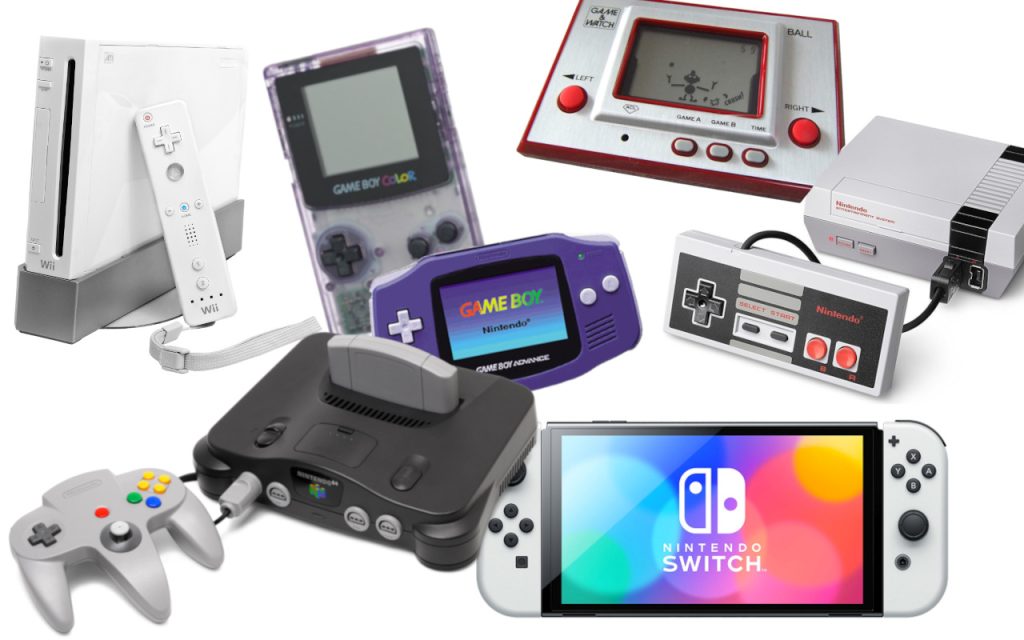
Contrary to popular belief, Nintendo’s original gaming console wasn’t the NES, and the company has a much longer history than most people realise!
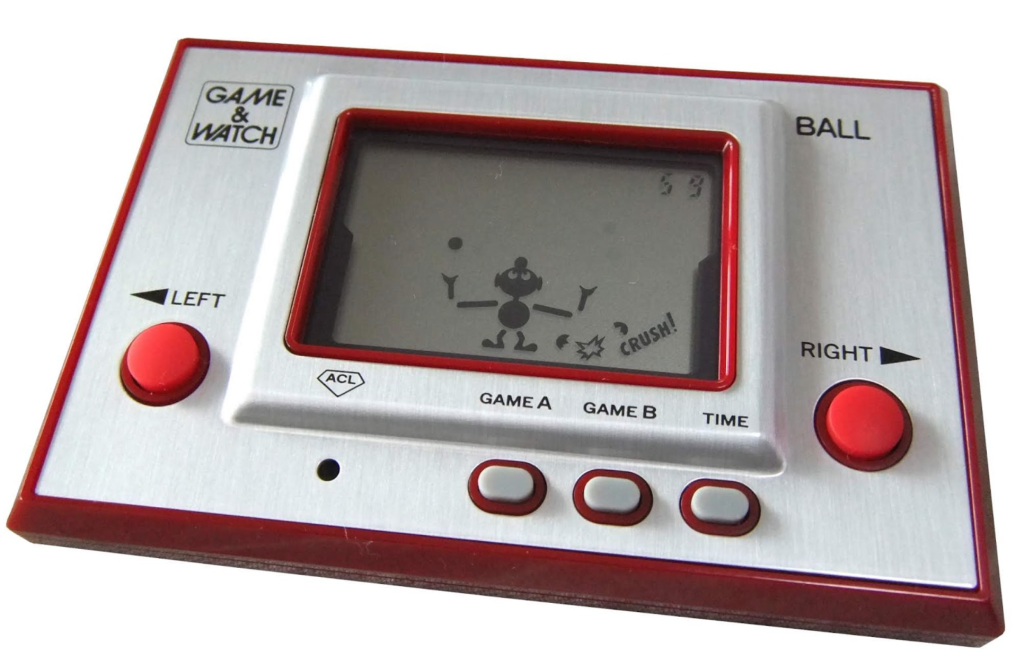
A clock, an alarm, or sometimes both were included on the Game & Watch series of handhelds, which only played one single game. There were no downloadable games or cartridges available. In fact, there was not even internet available for downloading them. You made a single game purchase and stuck with it – very different todays world!
In the years that followed, Nintendo established a distinct identity as the eccentric console producer and has become one of the biggest gaming companies in the world.
(NES) Nintendo Entertainment System: 1983-1995

The NES was created for the home and supported 8-bit games. With over 60 million units sold, it was by far the most popular console of its era and contributed to North America’s recovery from the 1983 video game collapse, which saw an excess of consoles flood the market and personal computers grow more powerful.
Super Mario Bros, Ice Climber, Pinball, and Duck Hunt were among the launch titles for this console.
Game Boy: 1989-2003
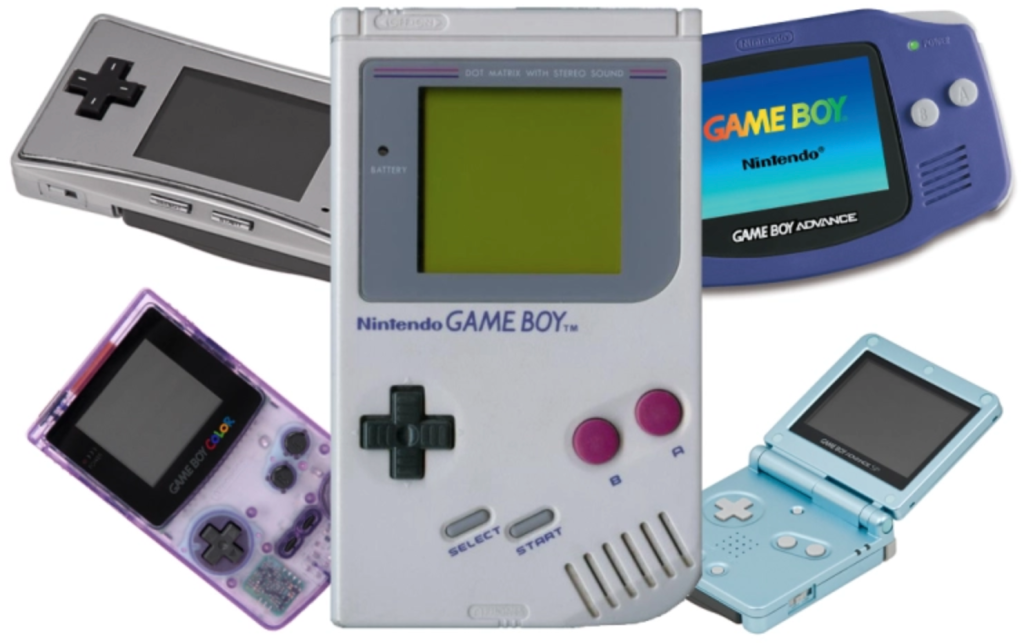
The Game Boy was one of the most popular gaming consoles ever produced. It was built by the same team that created the Game & Watch and merged elements of the first portable with swappable cartridges like the NES. 120 million copies are expected to have been sold of the 1998 releases of both the Game Boy and Game Boy Colour.
‘Tetris’ widely recognised as the title that contributed to the enormous sales, was included in the console’s initial launch package. Nintendo also produced a variety of Game Boy accessories, such as a printer and a magnifying screen with an integrated light. Future models also included Gameboy Advance, and the Gameboy Advance SP.
(SNES) Super Nintendo Entertainment System: 1990-1998
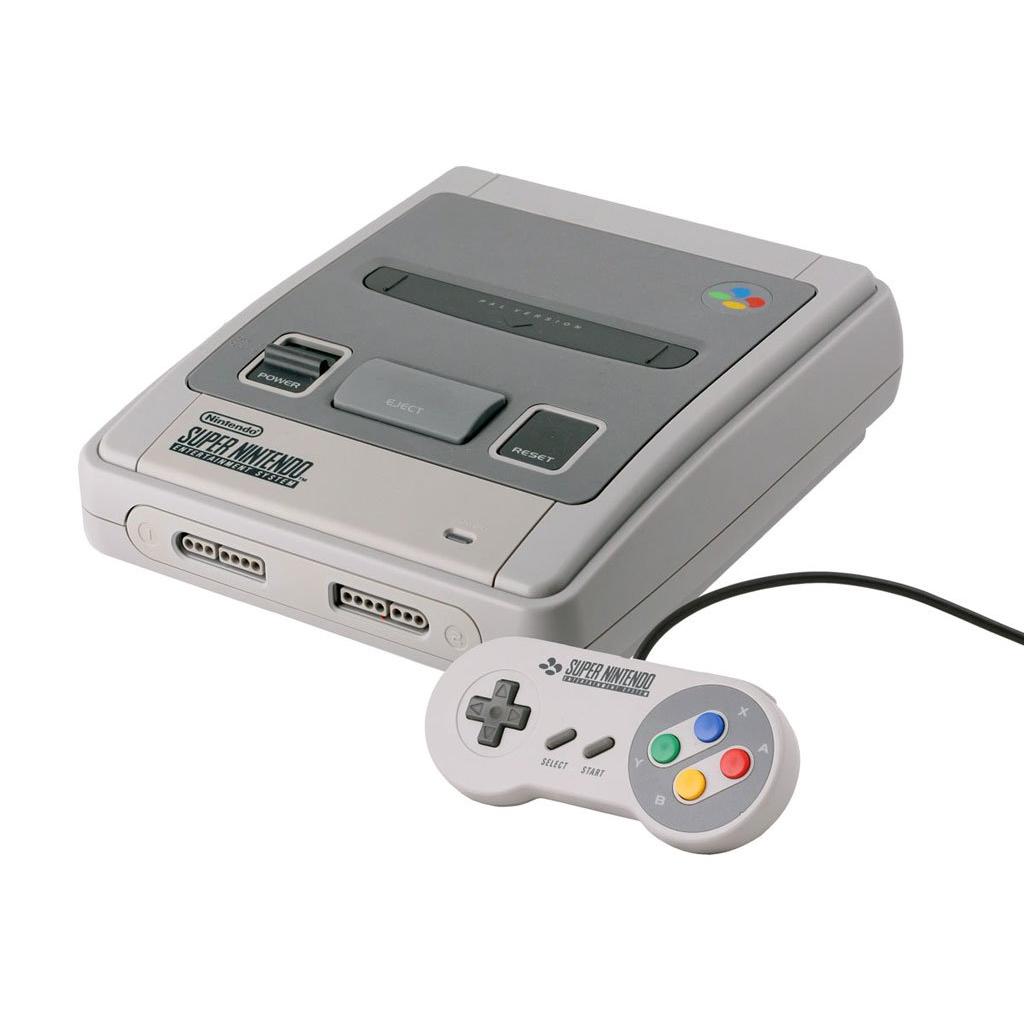
Despite stiff competition from the Sega Mega Drive, Nintendo’s second major home platform was likewise a smashing success. Even though Sega’s machine came out earlier, Nintendo’s selection of games ultimately made it the best-selling console of the 16-bit period, with roughly 50 million copies distributed globally.
With the Japanese version being known as the ‘Super Famicom’, Nintendo released other variants of the console for various markets with cartridges that could only be used in the country they were bought.
(N64) Nintendo 64: 1996-2003
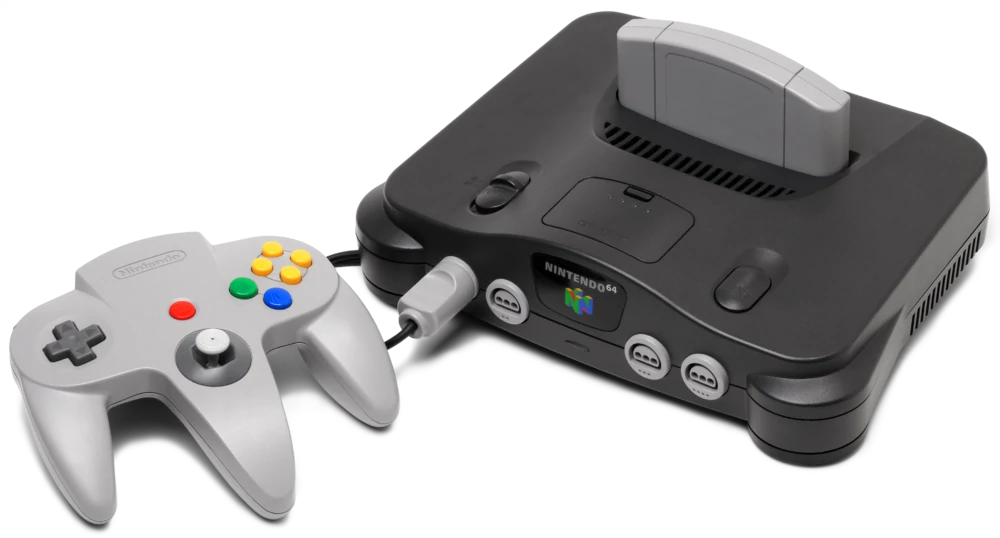
The N64 was Nintendo’s final home platform that require cartridges, and its name refers to the 64-bit CPU it used. Although it was successful when it first came out, it couldn’t quite match the success of its predecessors because of competition from the Sony PlayStation and Sega Saturn.
Yet, the N64 is still remembered as a superb Nintendo gaming system with to titles like Super Mario 64, The Legend of Zelda: Ocarina of Time, Banjo-Kazooie and Goldeneye 007.
(GC) Nintendo GameCube: 2001-2007
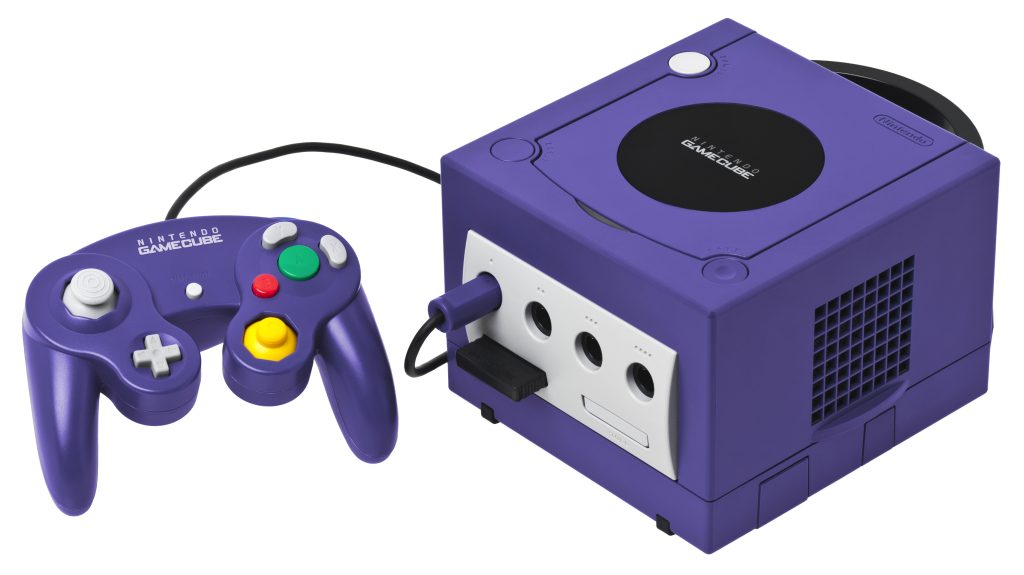
In order to compete with the Sony PlayStation 2, Microsoft Xbox, and Sega Dreamcast, Nintendo chose the optical disc format for the GameCube. Although the controller was modified and game progress could be saved to memory cards, sales were sadly not strong. Despite Mario and Zelda games making an appearance, there wasn’t much anticipation for this instalment in the Nintendo franchise.
Nintendo DS: 2004-2014
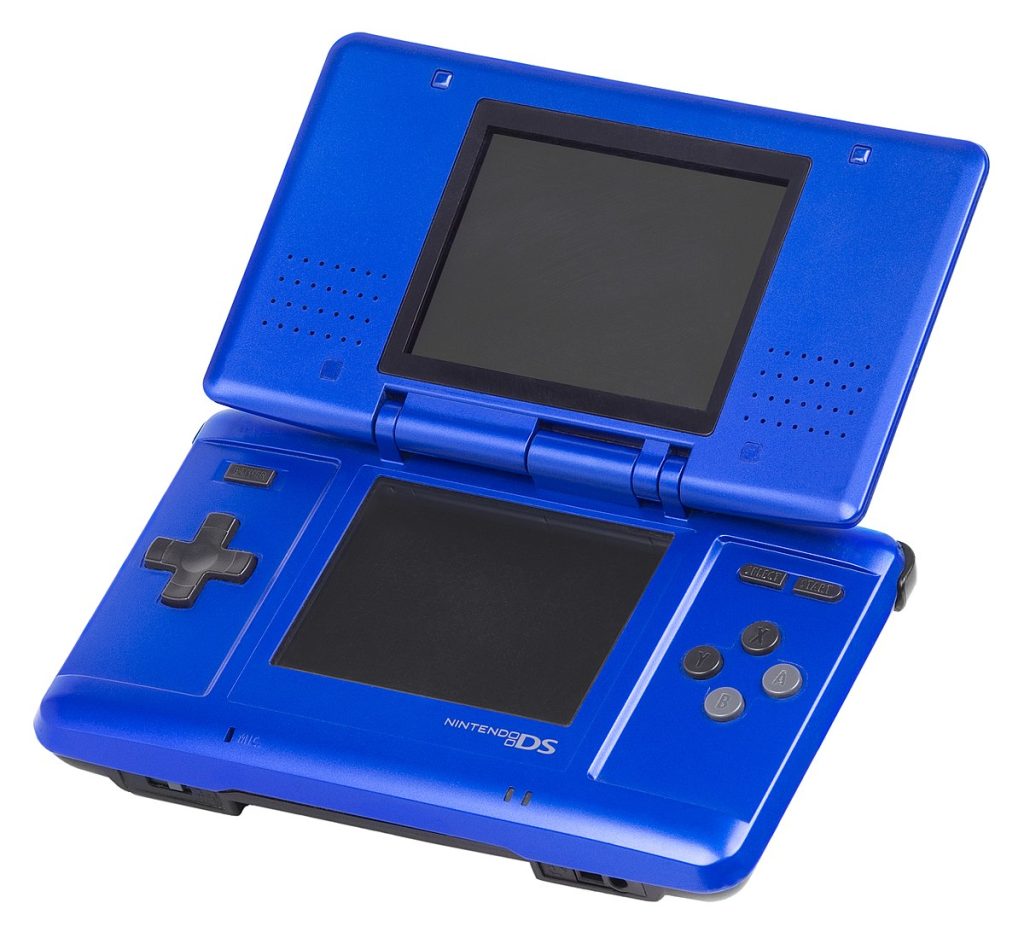
With the launch of the DS, Nintendo made the decision to entirely revamp their handheld approach by releasing a new dual-screen layout that developed from the original Game & Watch. While the top display was only an LCD screen for seeing what you were doing, the bottom panel included a touchscreen and could be used to operate games.
The Sony PSP was its main opponent, but the Nintendo DS line eventually overtook it as the most popular line of portable game consoles ever because to its backward compatibility with Game Boy Advance games and a few evolution models with better performance and features!
A few different version were released over the years including the DS Lite and the DS XL.
Nintendo Wii: 2006-2013
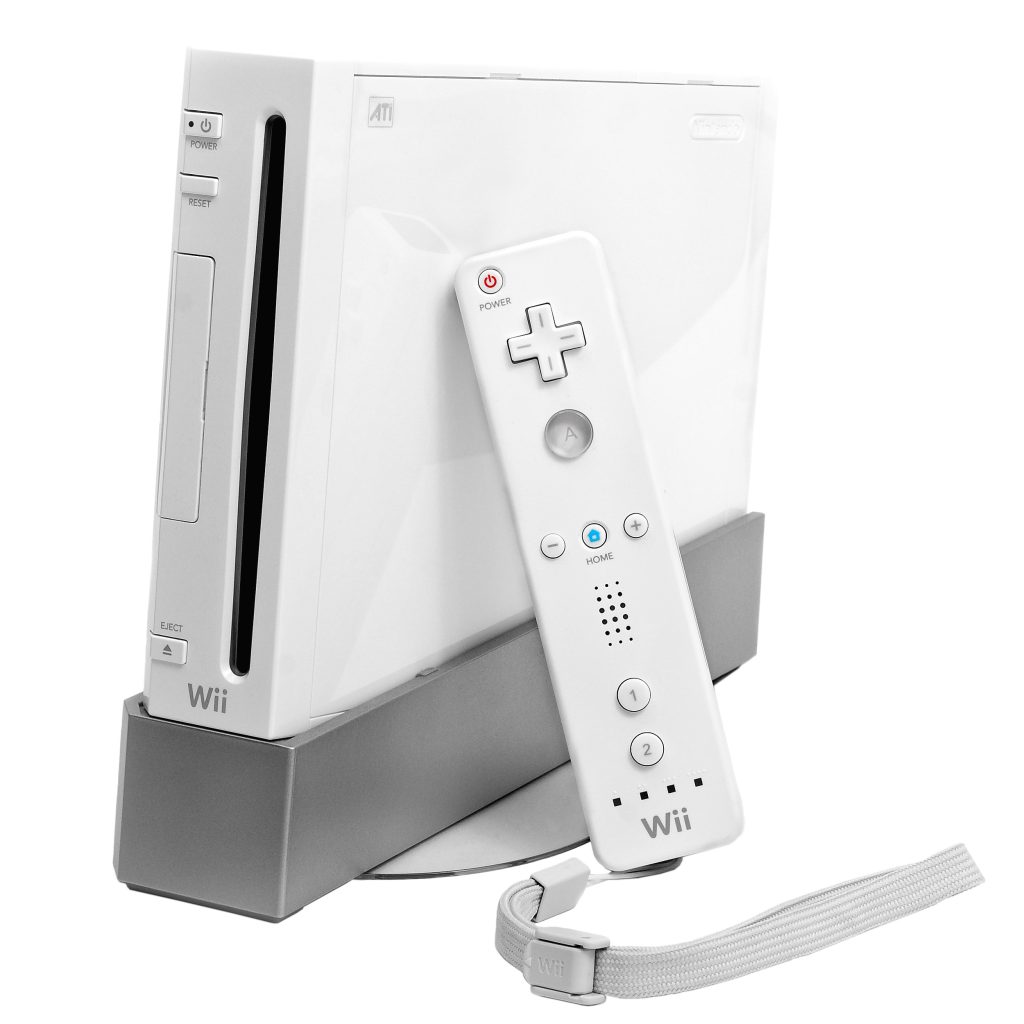
The Sony PlayStation 3 and Microsoft Xbox 360 posed formidable competition for Nintendo, but the Wii provided something fresh and intriguing that the other platforms lacked.
With the Wii Remote, which the system monitored in three dimensions, the Wii ushers in a new era of motion gaming. Nintendo also developed the Wii Balance Board, which was utilised with fitness games. For a while, it was the most popular living room machine because to its family-friendly design and game releases, and there were extensive waiting lists for this console as a result of the great demand it experienced after introduction.
Nintendo 3DS: 2011 – Present
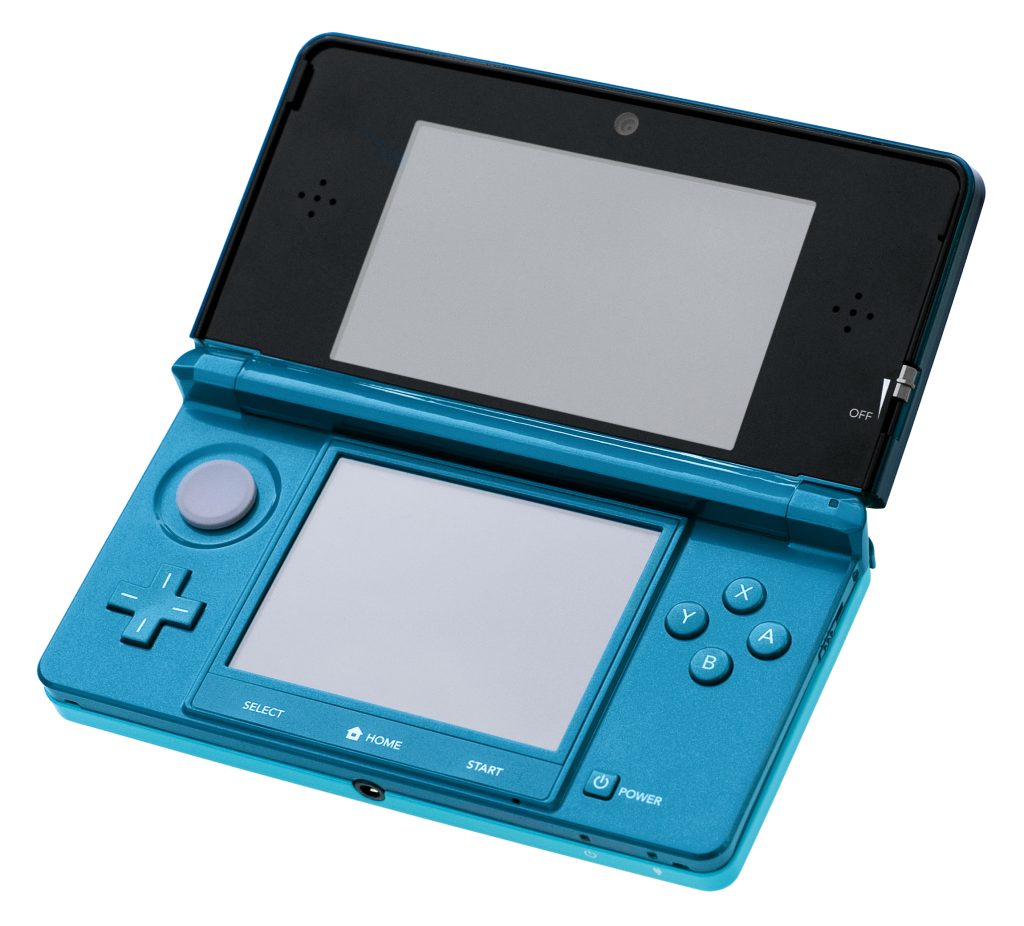
In order to expand on the DS handheld idea, Nintendo resorted to a visual innovation that was well-liked at the time: 3D. In contrast to similar picture technology used on TVs and other devices, it turned the top screen of its clamshell gadget in to a 3D screen without the use of glasses.
Although the majority thought this performance was lacklustre and disappointing, it nonetheless managed to sell millions of copies worldwide. Since then, it has received updates in the shape of a larger XL model, improved versions, and a 2D version that is suitable for younger children.
Nintendo Wii U: 2012-2016
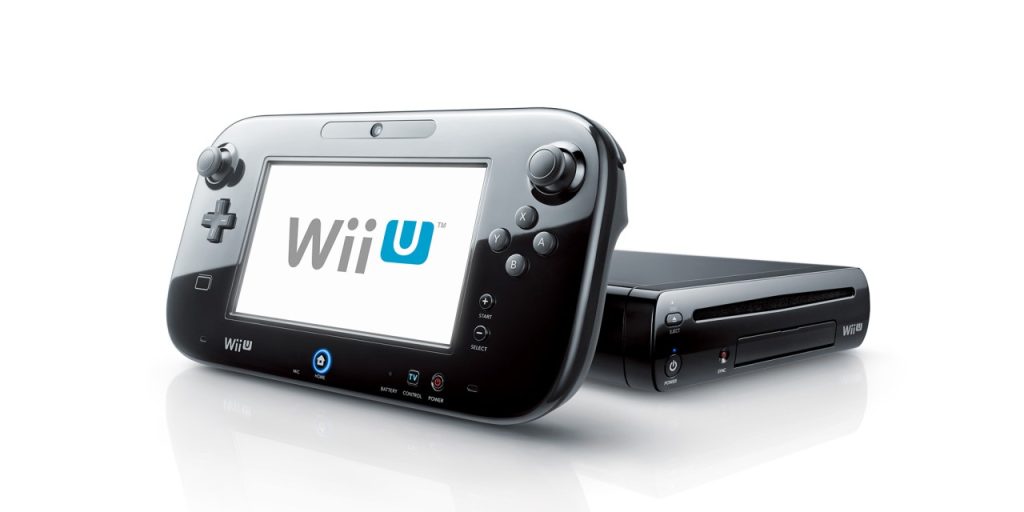
Although it didn’t perform as well as its rivals, the Wii U was Nintendo’s response to the PlayStation 4 and Xbox One and the Wii’s successor. It is largely controlled with the touchscreen-enabled Wii U GamePad and was the first Nintendo system to offer high-definition graphics.
Although the Wii U received favourable reviews at first, it has now come to be seen as huge flop within the gaming industry. Since its release, it has sold just over 13 million units, making it one of Nintendo’s poorest selling consoles.
Nintendo Switch (2021 – Present)
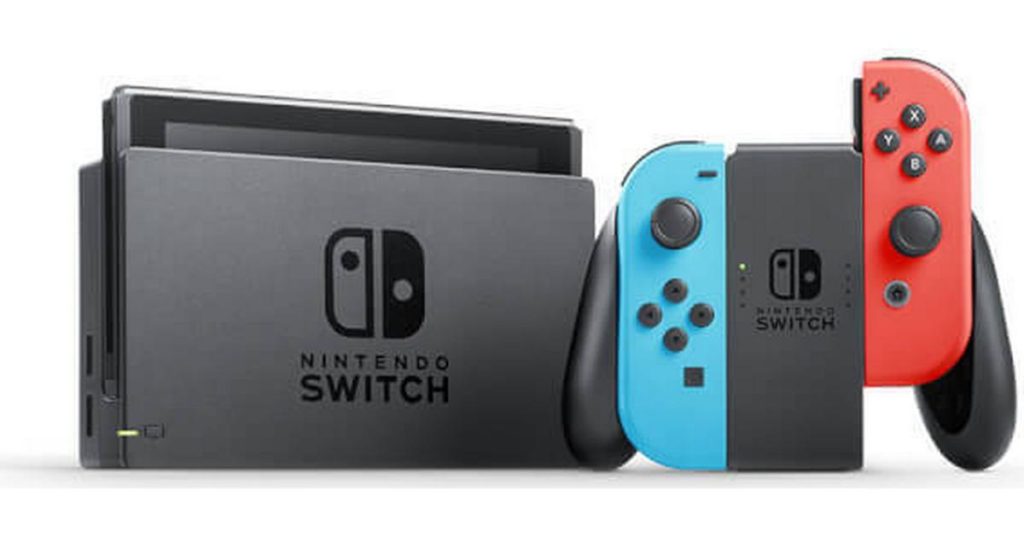
The Nintendo Switch, which combines the best aspects of Nintendo’s portable and console gaming skills into a system that gamers can use at home as a console or on the go as a handheld, brings us up to the present day.
Additionally, Nintendo introduced the Switch Lite, a less expensive version that is only a handheld, as well as an updated Switch OLED model in 2021 with a larger screen and a redesigned dock that now has an ethernet port.
We can’t wait to see what Nintendo comes up with next as they continue to push the boundaries with game consoles that combine cutting-edge technology with enjoyable family entertainment!
Cover Image stock photos from Nintendo















